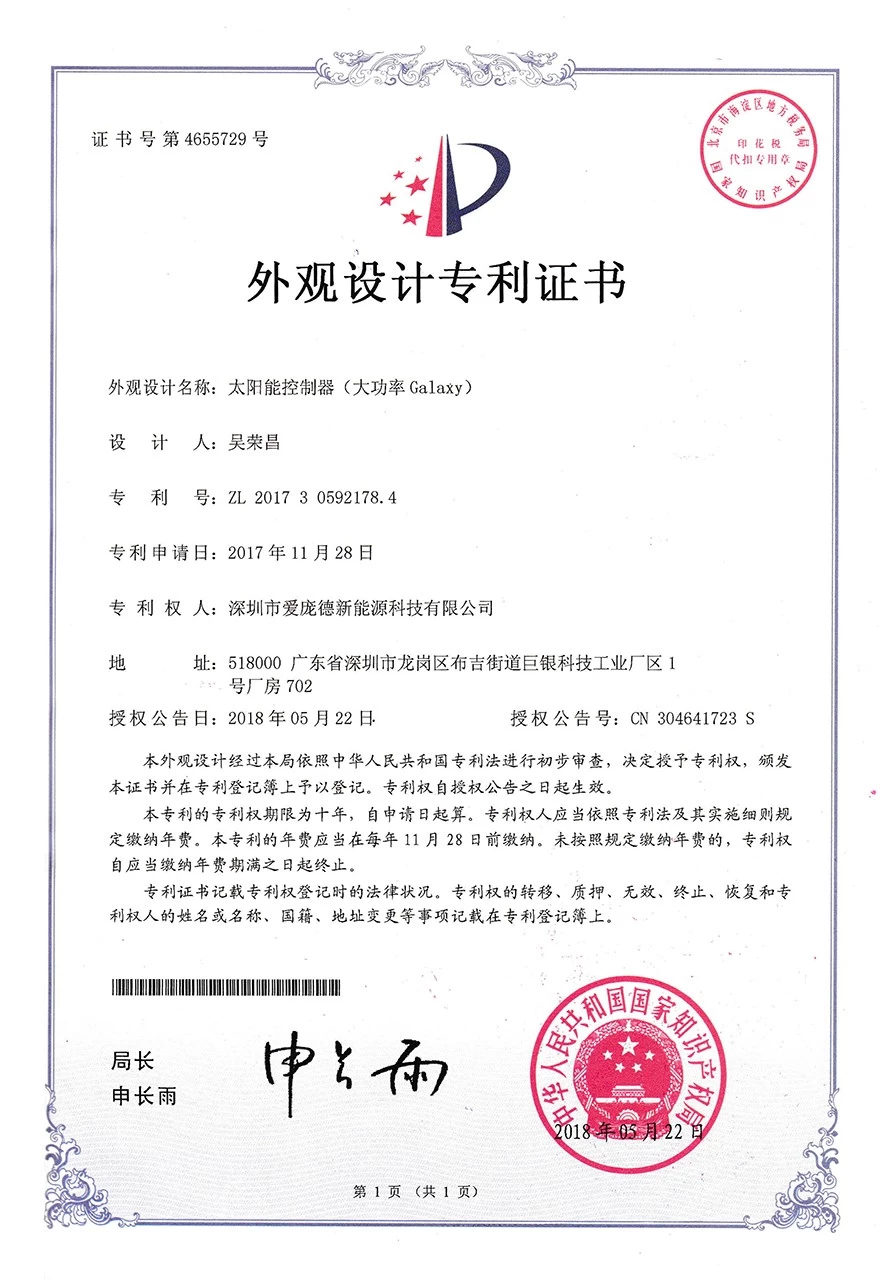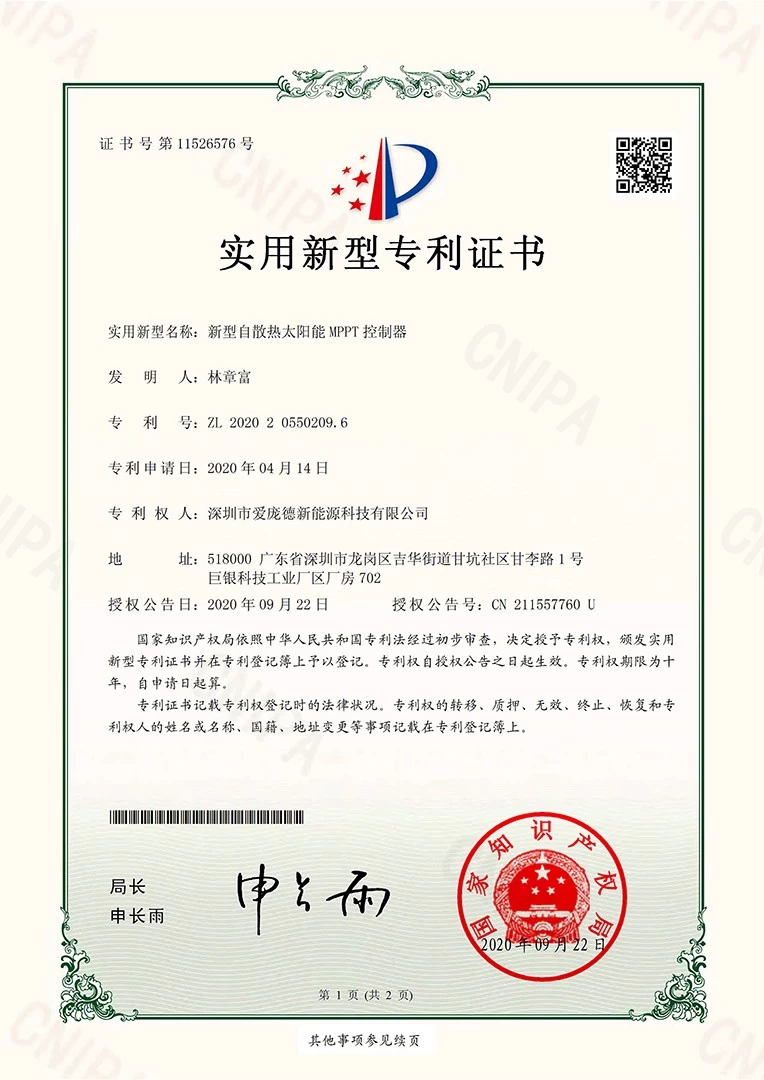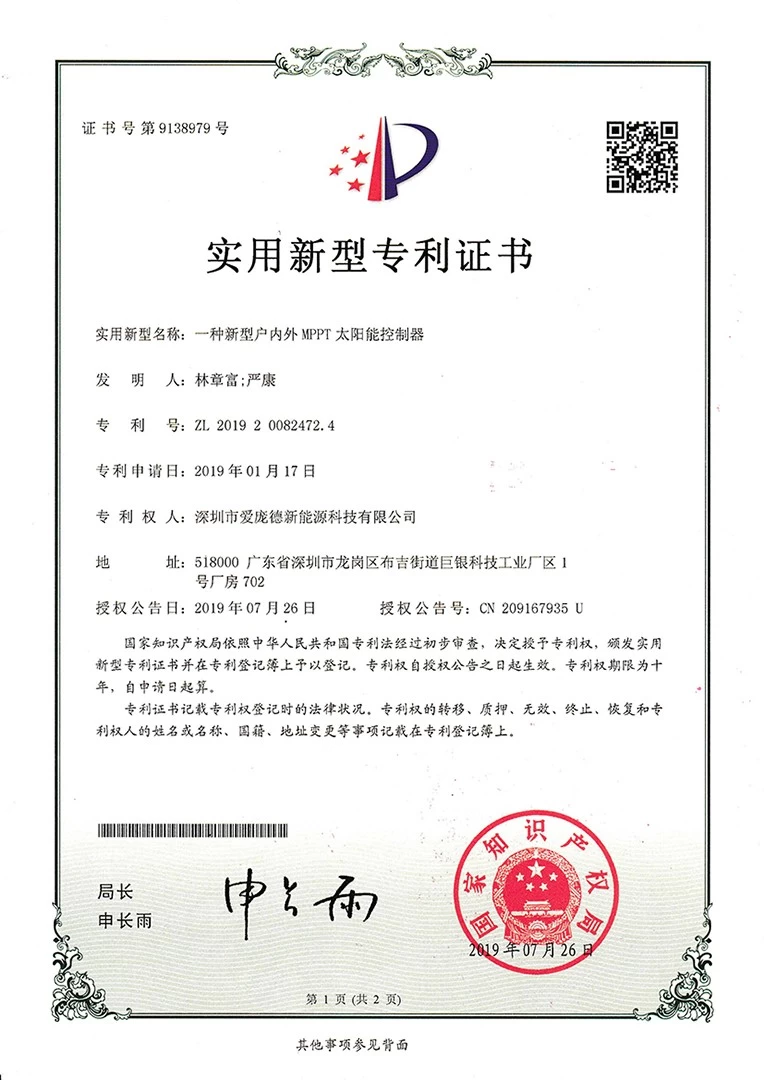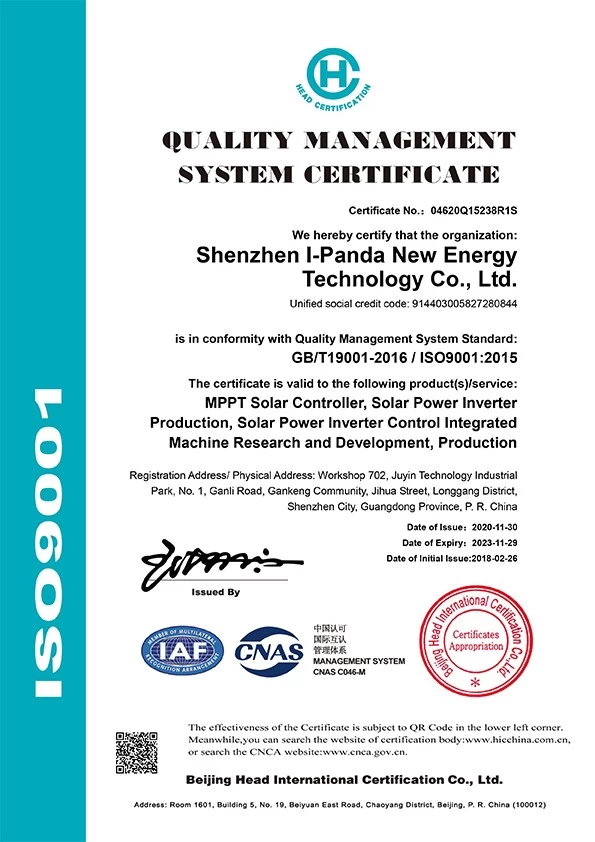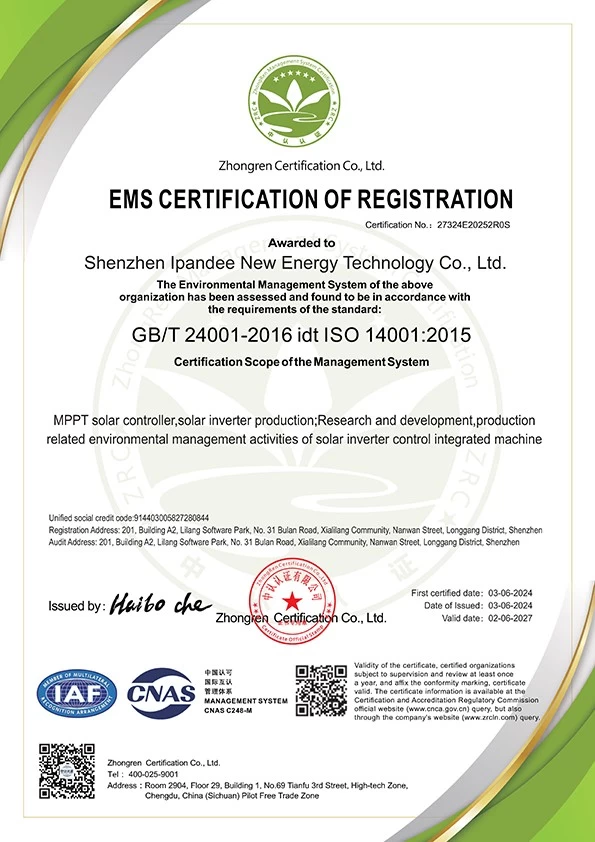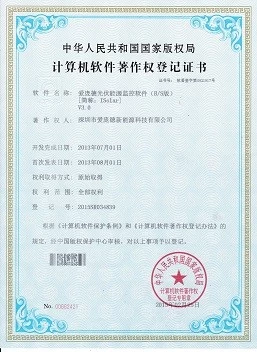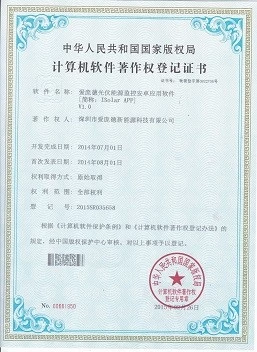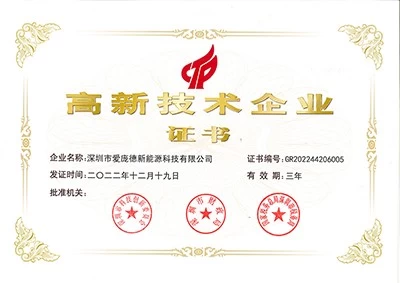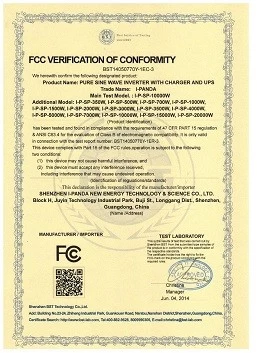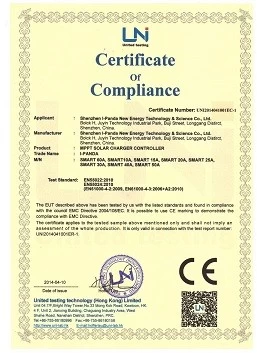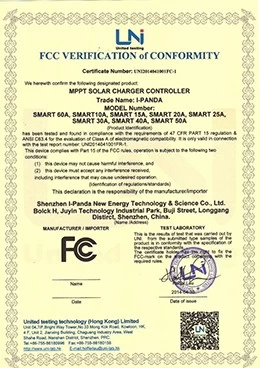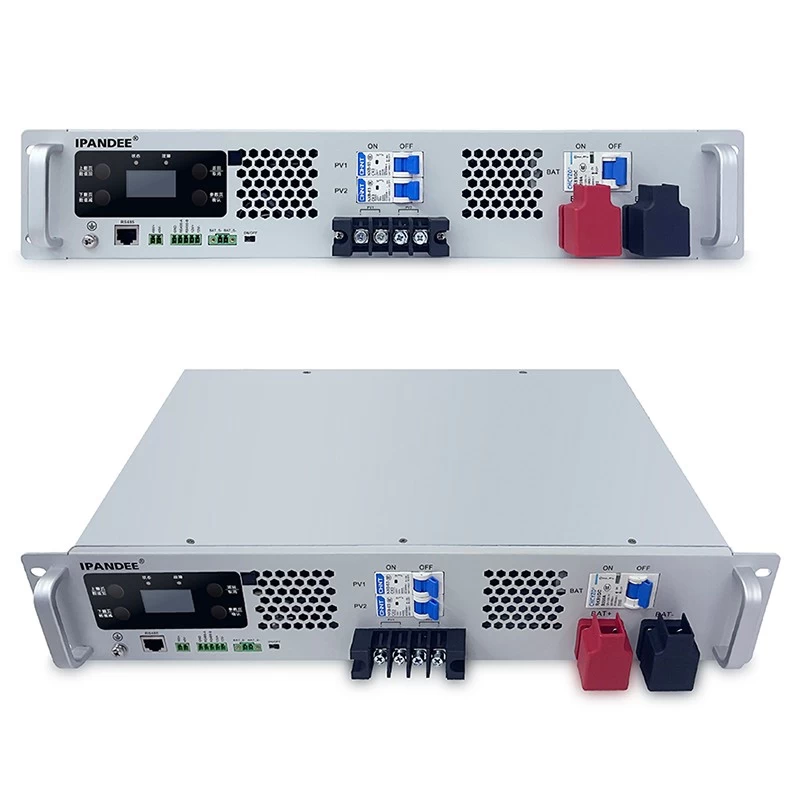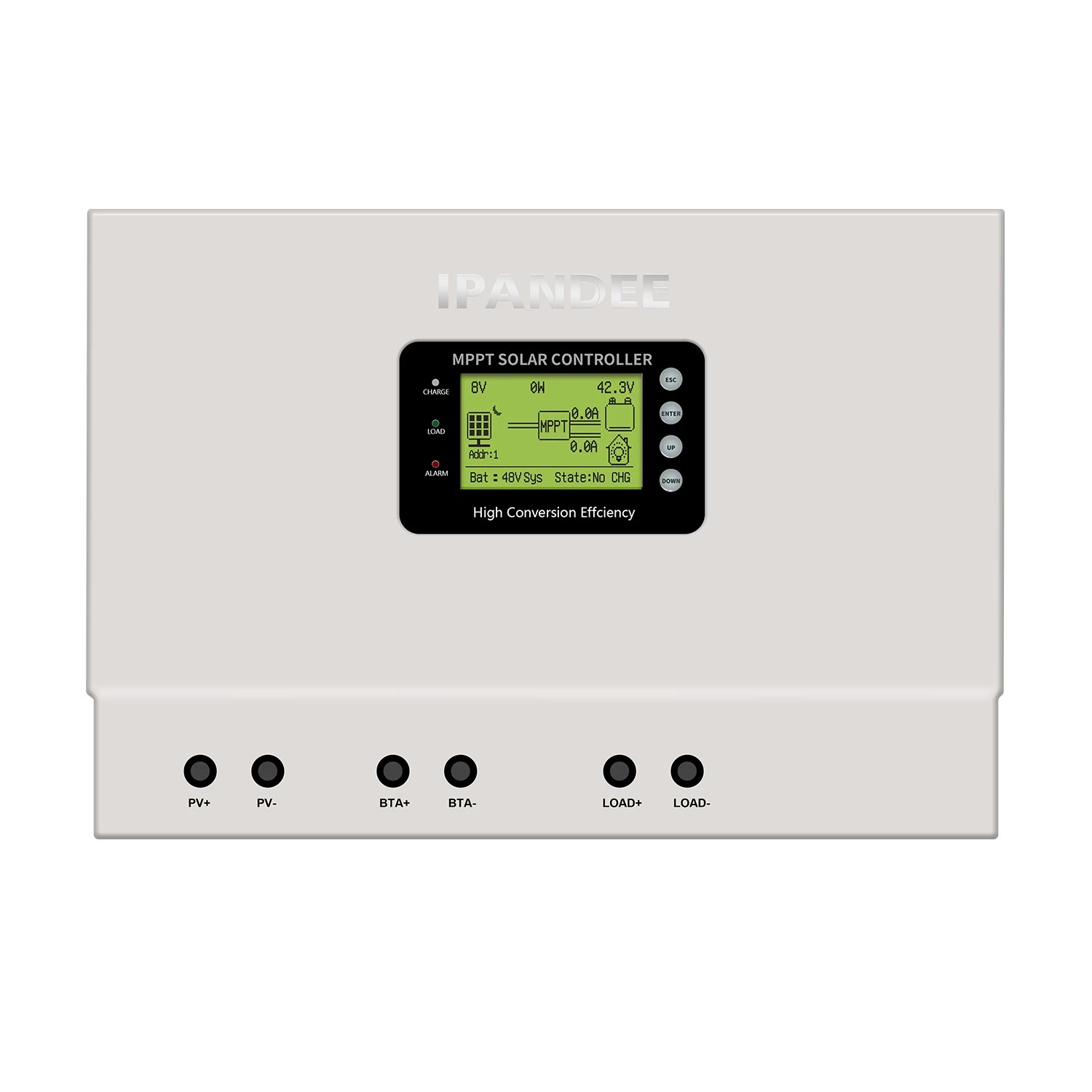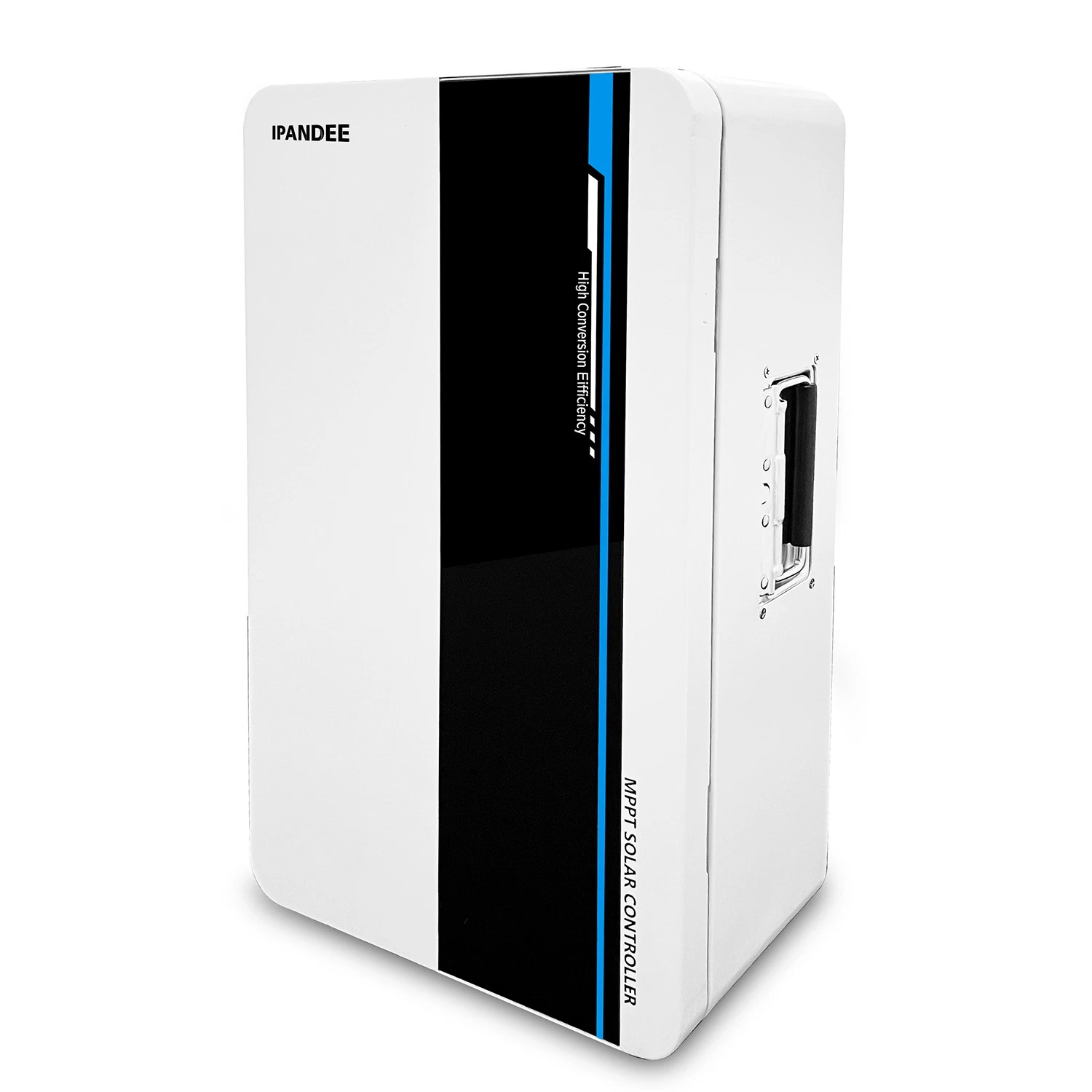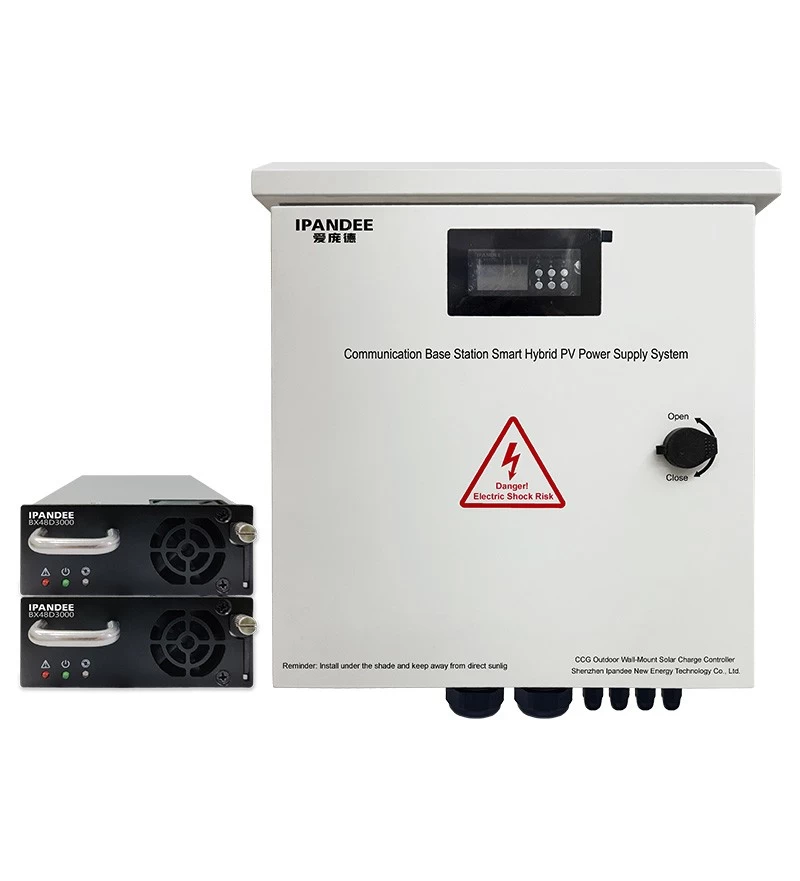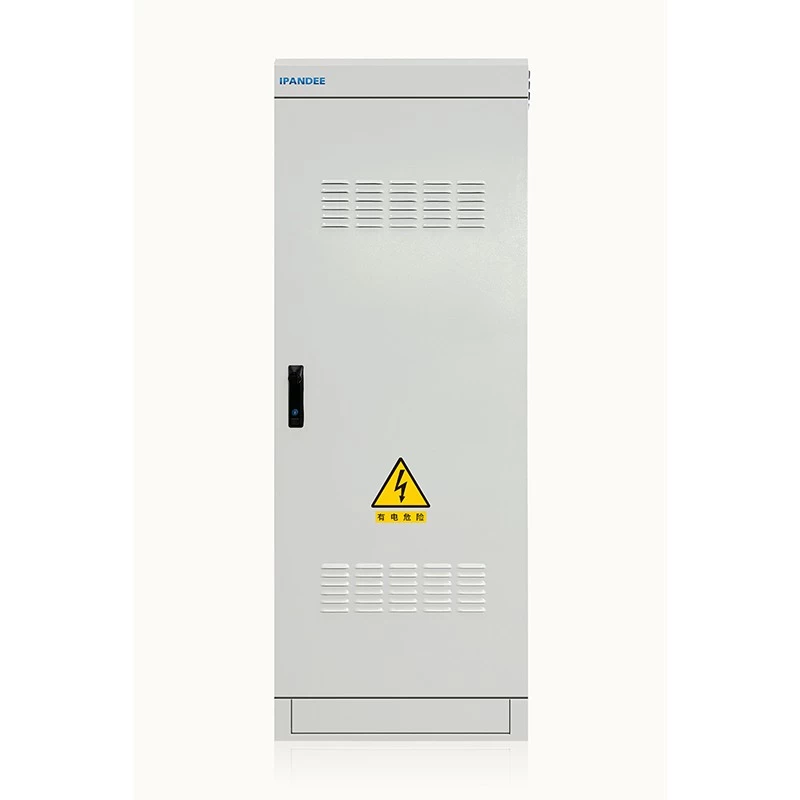Take the photovoltaic as the wing "嫦娥四号" landing on the back of the moon
After a full 26-day flight, at 10:26 on January 3, 2019, "Chang'e IV" successfully landed on the Antarctic-Aitken Basin on the back of the Moon, achieving the first soft landing of the human detector on the back of the Moon. Through the "Bridge Bridge" relay star, it passed back to the world's first close-up image of the moon.
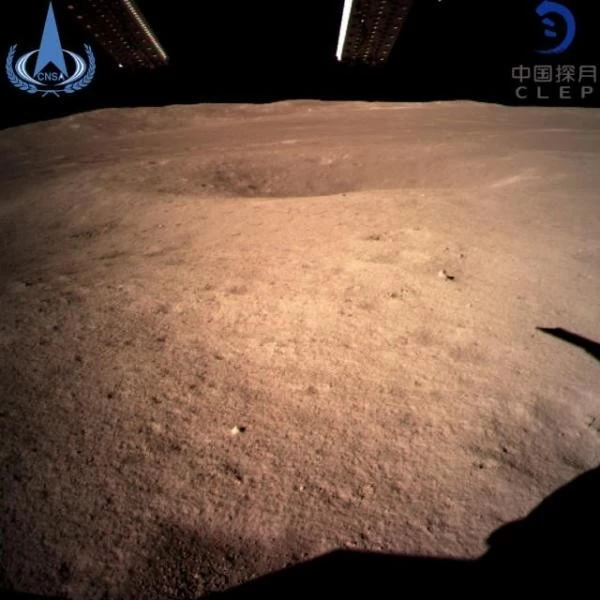
In addition, the "wings" of the "Chang'e IV" is also receiving much attention. The "Chang'e IV" detector uses solar energy as an energy source in outer space. The photovoltaic power generation board is like its wings. It carries the expectations, aspirations and pride of the Chinese people and provides abundant power for the "Chang'e IV." As a source of power, several high-efficiency solar panels are the basis for the detector to maintain its normal operation. It is no accident that photovoltaic power generation can be widely used in aerospace.
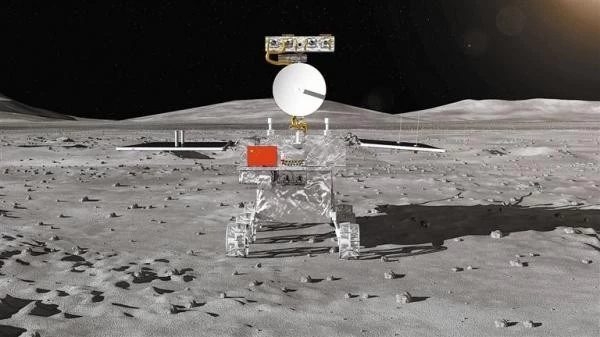
嫦娥4 mission lunar rover design configuration
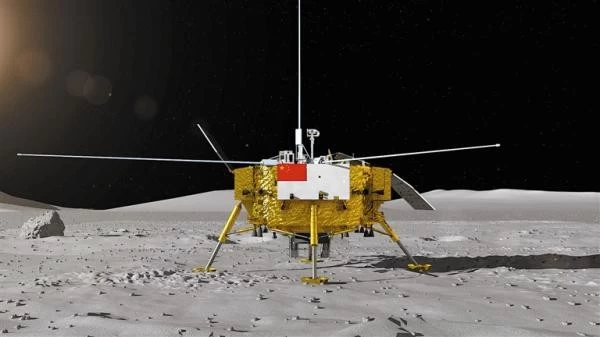
嫦娥4 mission lander design configuration
First, the outward radiation of the sun ensures the energy source of the entire solar system, making the entire solar system no longer a dark, and solar energy has become an inexhaustible source of energy. From the Earth's launch to a fixed orbit, the detector requires a lot of energy, but the fuel it carries is limited. To complete the mission, the detector must use energy on the spot, and the ubiquitous solar energy is the detection. The best source of energy. That is to say, the ubiquitous nature of solar energy and the ability of photovoltaic panels to convert solar energy into electrical energy together ensure the energy source of the detector in outer space.
Second, it is possible to encounter various harsh environments in outer space, while photovoltaic panels have their stable performance and quality. In China, the average PV plant life can reach 25-30 years, and the high-efficiency photovoltaic panels used in aerospace will inevitably have greater guarantees in quality and performance.
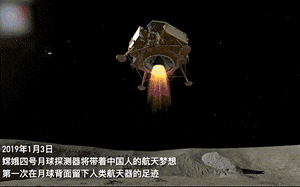
The above reasons make photovoltaic power generation an indispensable part of aerospace.
When the "Chang'e III" was performing its mission, because the solar energy could not be obtained, the detector was completely powered off during the moon and night, and all electronic equipment did not work. Unlike the previous "Ben Moon" partners, "Chang'e IV" will be the back of the moon because of this landing. In order to meet its power needs, it is necessary to land when the landing point is illuminated by sunlight. Therefore, after entering the orbit of the moon, the "Chang'e IV" also needs to fly around the moon for about half a month, waiting for the moon to revolve to the back of the moon is the daytime.
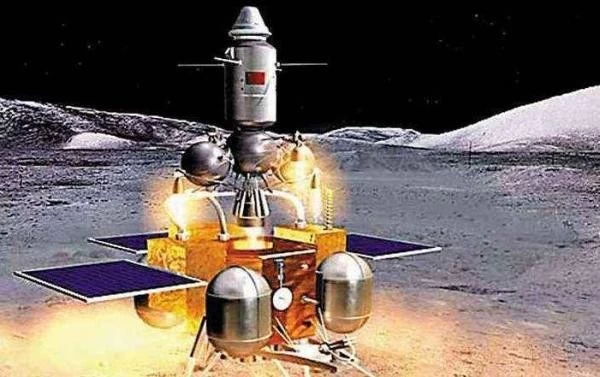
The current back of the moon will be in the day during the next half month, which means that it will take about 14 days to bathe in plenty of sunlight. When the Luna 4 landed on the moon, it relied on the variable thrust engine at the bottom of the lander and the attitude control engine around the aircraft to control the landing speed and hover and pan. After the moonfall, the solar panels on the aircraft will be opened, and the solar energy will be converted into electrical energy for storage, providing sufficient energy support for the operation of the “Chang'e IV”.
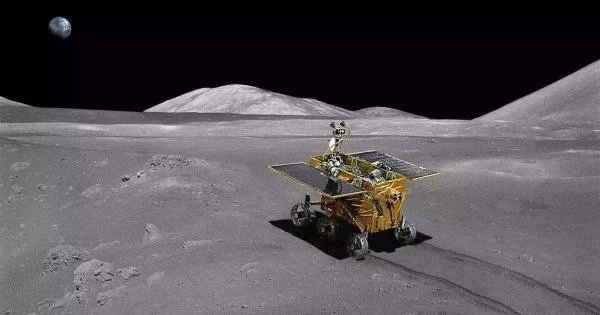
Spacecraft such as spaceships and satellites fly mainly in space and rely on batteries to provide power. This power supply is mainly from solar battery sails. Solar power plays an important role in the space development process and is now an indispensable part of space development. The large-scale development and utilization of space solar energy will greatly increase the speed and quality of economic development, and cause a leap in the economic base, leading to a new technological revolution and even an industrial revolution. At present, aerospace technology has been included in the country's emerging strategic industry. In the foreseeable future, solar space technology will usher in broad development prospects.
weYesInverter manufacturer, off-grid solar controller,MPPT Solar Charge Controller Supplier,Solar charge controller - Inverter factory
Coming soon to market MPPT solar controller

Disclaimer: The content is partly from the internet.In order to pass on more information, this does not mean agreeing to its views or confirming its description.Article content is for reference only.





